Basics of Java Programming Language
Java is one of the most popular programming languages in the world. With Java, you can build various types of applications such as desktop, web, mobile apps, and distributed systems.
Java Development Kit
We use Java Development Kit (JDK) to build Java applications. JDK contains a compiler, the Java Runtime Environment (JRE), and a library of classes that we use to build applications.
Java Editions
We have four editions of Java, each used for building a different type of application:
• Java Standard Edition (SE): the core Java platform. It contains all of the libraries that every Java developer must learn.
• Java Enterprise Edition (EE): used for building very large-scale, distributed systems. It’s built on top of Java SE and provides additional libraries for building fault-tolerant, distributed multi-tier software.
• Java Micro Edition (ME): a subset of Java SE, designed for mobile devices. It also has libraries specific to mobile devices.
• Java Card: used in smart cards.
How Java Code Gets Executed
The Java compiler takes Java code and compiles it down to Java Bytecode which is a cross-platform format. When we run Java applications, Java Virtual Machine (JVM) gets loaded in the memory. It takes our bytecode as the input and translates it to the native code for the underlying operating system. There are various implementations of Java Virtual Machine for almost all operating systems.
The Architecture of Java Applications
The smallest building blocks in Java programs are methods (also called functions in other programming languages). We combine related methods in classes, and related classes in packages. This modularity in Java allows us to break down large programs into smaller building blocks that are easier to understand and reuse.
5 Interesting Facts about Java
1. Java was developed by James Gosling in 1995 at Sun Microsystems (later acquired by Oracle).
2. It was initially called Oak. Later it was renamed to Green and was finally renamed to Java inspired by Java coffee.
3. Java has close to 9 million developers worldwide.
4. About 3 billion mobile phones run Java, as well as 125 million TV sets and every Blu-Ray player.
5. According to indeed.com, the average salary of a Java developer is just over $100,000 per year in the US.
Types
Variables
We use variables to temporarily store data in the computer’s memory. In Java, the type of a variable should be specified at the time of declaration.
In Java, we have two categories of types:
• Primitives: for storing simple values like numbers, strings, and booleans.
• Reference Types: for storing complex objects like email messages.
Primitive Types
Declaring Variables
byte age = 30;
long viewsCount = 3_123_456L;
float price = 10.99F;
char letter = ‘A’;
boolean isEligible = true;
• In Java, we terminate statements with a semicolon.
Type Bytes Range
byte 1 [-128, 127]
short 2 [-32K, 32K]
int 4 [-2B, 2B]
long 8
float 4
double 8
char 2 A, B, C, ...
boolean 1 true/false
• We enclose characters with single quotes and strings (series of characters) with double quotes.
• The default integer type in Java is int. To represent a long value, we should add L to it as a postfix.
• The default floating-point type in Java is double. To represent a float, we should append F to it as a postfix.
Comments
We use comments to add notes to our code.
// This is a comment and it won’t get executed.
Reference Types
In Java, we have 8 primitive types. All the other types are reference types. These types don’t store the actual objects in memory. They store the reference (or the address of) an object in memory.
To use reference types, we need to allocate memory using the new operator. The memory gets automatically released when no longer used.
Date now = new Date();
Strings
Strings are reference types but we don’t need to use the new operator to allocate memory to them. We can declare string variables like the primitives since we use them a lot.
String name = “Esenceweb”;
Useful String Methods
The String class in Java provides several useful methods:
• startsWith(“a”)
• ends with(“a”)
• length()
• indexOf(“a”)
• replace(“a”, “b”)
• toUpperCase()
• toLowerCase()
Strings are immutable, which means once we initialize them, their value cannot be changed. All methods that modify a string (like toUpperCase) return a new string
object. The original string remains unaffected.
Escape Sequences
If you need to use a backslash or a double quotation mark in a string, you need to prefix it with a backslash. This is called escaping.
Common escape sequences:
• \\
• \”
• \n (new line)
• \t (tab)
Arrays
We use arrays to store a list of objects. We can store any type of object in an array (primitive or reference type). All items (also called elements) in an array have the
same type.
// Creating and initializing an array of 5 elements
int[] numbers = new int[3];
numbers[0] = 10;
numbers[1] = 20;
numbers[2] = 30;
// Shortcut
int[] numbers = { 10, 20, 30 };
Java arrays have a fixed length (size). You cannot add or remove new items once you instantiate an array. If you need to add new items or remove existing items, you need to use one of the collection classes.
The Array Class
The Array class provides a few useful methods for working with arrays.
int[] numbers = { 4, 2, 7 };
Arrays.sort(numbers);
String result = Arrays.toString(numbers);
System.out.println(result);
Multi-dimensional Arrays
// Creating a 2x3 array (two rows, three columns)
int[2][3] matrix = new int[2][3];
matrix[0][0] = 10;
// Shortcut
int[2][3] matrix = {
{ 1, 2, 3 },
{ 4, 5, 6 }
};
Constants
Constants (also called final variables) have a fixed value. Once we set them, we cannot change them. final float INTEREST_RATE = 0.04;
By convention, we use CAPITAL LETTERS to name constants. Multiple words can be separated using an underscore.
Arithmetic Expressions
int x = 10 + 3;
int x = 10 - 3;
int x = 10 * 3;
int x = 10 / 3; // returns an int
float x = (float)10 / (float)3; // returns a float
int x = 10 % 3; // modulus (remainder of division)
Increment and Decrement Operators
int x = 1;
x++; // Equivalent to x = x + 1
x--; // Equivalent to x = x - 1
Augmented Assignment Operator
int x = 1;
x += 5; // Equivalent to x = x + 5
Order of Operations
Multiplication and division operators have a higher order than addition and subtraction. They get applied first. We can always change the order using
parentheses.
int x = 10 + 3 * 2; // 16
int x = (10 + 3) * 2; // 26
Casting
In Java, we have two types of casting:
• Implicit: this happens automatically when we store a value in a larger or more precise data type.
• Explicit: we do it manually.
// Implicit casting happens because we try to store a short
// value (2 bytes) in an int (4 bytes).
short x = 1;
int y = x;
// Explicit casting
int x = 1;
short y = (short) x;
To convert a string to a number, we use one of the following methods:
• Byte.parseByte(“1”)
• Short.parseShort(“1”)
• Integer.parseInt(“1”)
• Long.parseLong(“1”)
• Float.parseFloat(“1.1”)
• Double.parseDouble(“1.1”)
Formatting Numbers
NumberFormat currency = NumberFormat.getCurrencyInstance();
String result = currency.format(“123456”); // $123,456
NumberFormat percent = NumberFormat.getPercentInstance();
String result = percent(“0.04”); // 4%
Reading Input
Scanner scanner = new Scanner(System.in);
double number = scanner.nextDouble();
byte number = scanner.nextByte();
String name = scanner.next();
String line = scanner.next line();
Control Flow
Comparison Operators
We use comparison operators to compare values.
x == y // equality operator
x != y. // in-equality operator
x > y
x >= y
x < y
x <= y
Logical Operators
We use logical operators to combine multiple boolean values/expressions.
• x && y (AND): if both x and y are true, the result will be true.
• x || y (OR): if either x or y or both are true, the result will be true.
• !x (NOT): reverses a boolean value. True becomes false.
bool hasHighIncome = true;
bool hasGoodCredit = false;
bool hasCriminalRecord = false;
bool isEligible = (hasHighIncome || hasGoodCredit) && !isEligible;
If Statements
Here is the basic structure of an if statement. If you want to execute multiple statements, you need to wrap them in curly braces.
if (condition1)
...statement1
else if (condition2)
...statement2
else if (condition3)
...statement3
else
statement4
The Ternary Operator
String className = (income > 100_000) ? “First: “Economy”;
This is a shorthand to write the following code:
String className;
if (income > 100_000)
className = “First”;
else
className = “Economy”;
Switch Statements
We use switch statements to execute different parts of the code depending on the value of a variable.
switch (x) {
case 1:
...
break;
case 2:
...
break;
default:
...
}
After each case clause, we use the break statements to jump out of the switch block.
For Loops
For loops are useful when we know ahead of time how many times we want to repeat something. We declare a loop variable (or loop counter) and in each iteration, we increment it until we reach the number of times we want to execute some code.
for (int i = 0; i < 5; i++)
...statement
While Loops
While loops are useful when we don’t know ahead of time how many times we want to repeat something. This may be dependent on the values at run-time (eg what the user enters).
while (some condition) {
...
if (someCondition)
break;
}
We use the break statement to jump out of a loop.
Do. While Loops
Do. while loops are very similar to while loops but they exare ecuted at least once. In contrast, a while loop may never get executed if the condition is initially false.
do {
...
} whilesome conditionon);
For-each Loops
For-each loops are useful for iterating over an array or a collection.
int[] numbers = {1, 2, 3, 4};
for (int number : numbers)



_(1).jpg)
_(2).jpg)
.jpg)

_(1).jpg)

.jpg)
.jpg)
.jpg)
.jpg)
.jpg)


.jpg)
_(1).jpg)
.jpg)
.jpg)


_(1).png)

.png)

1.png)


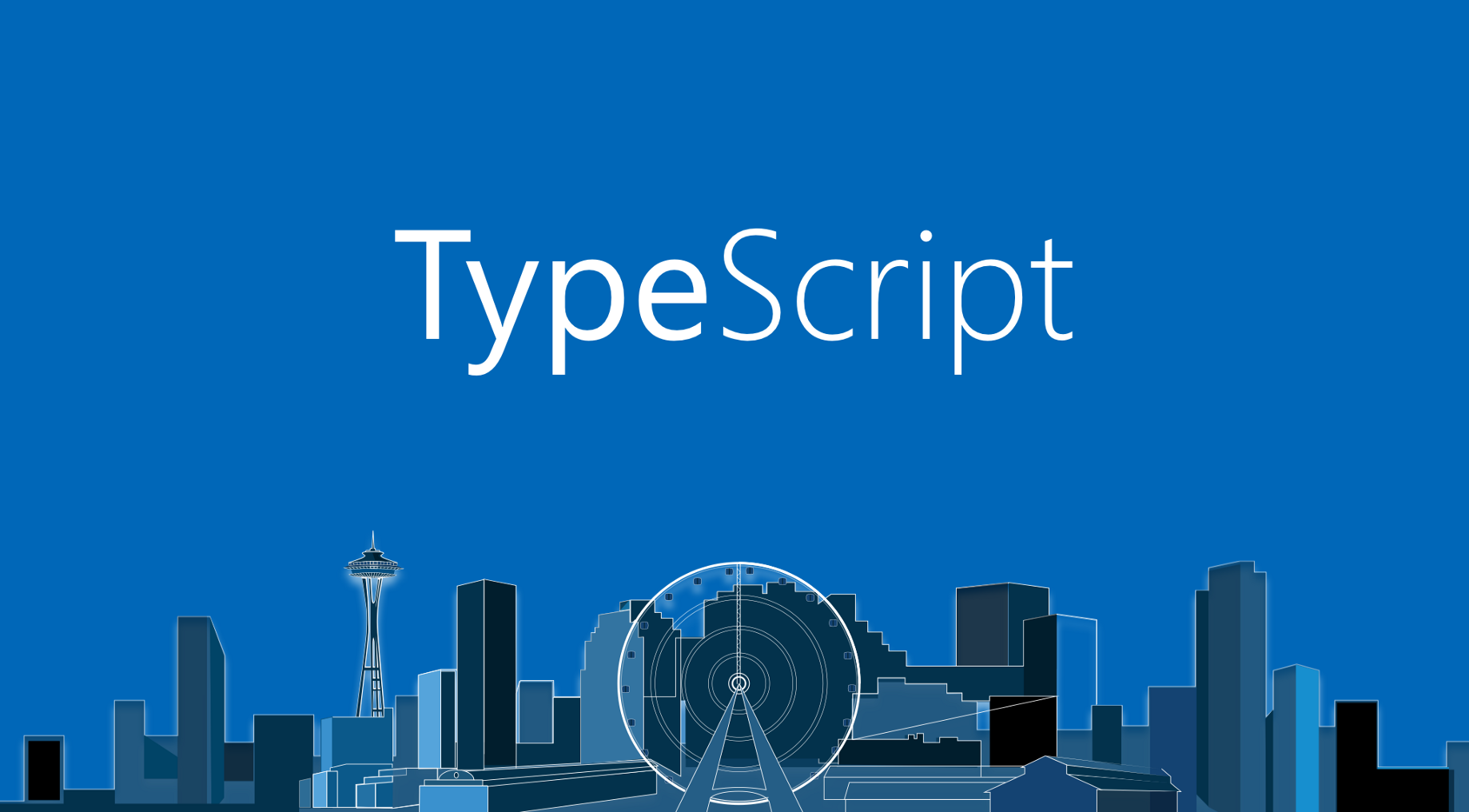

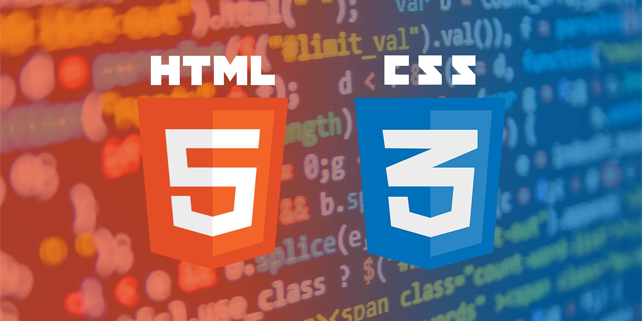
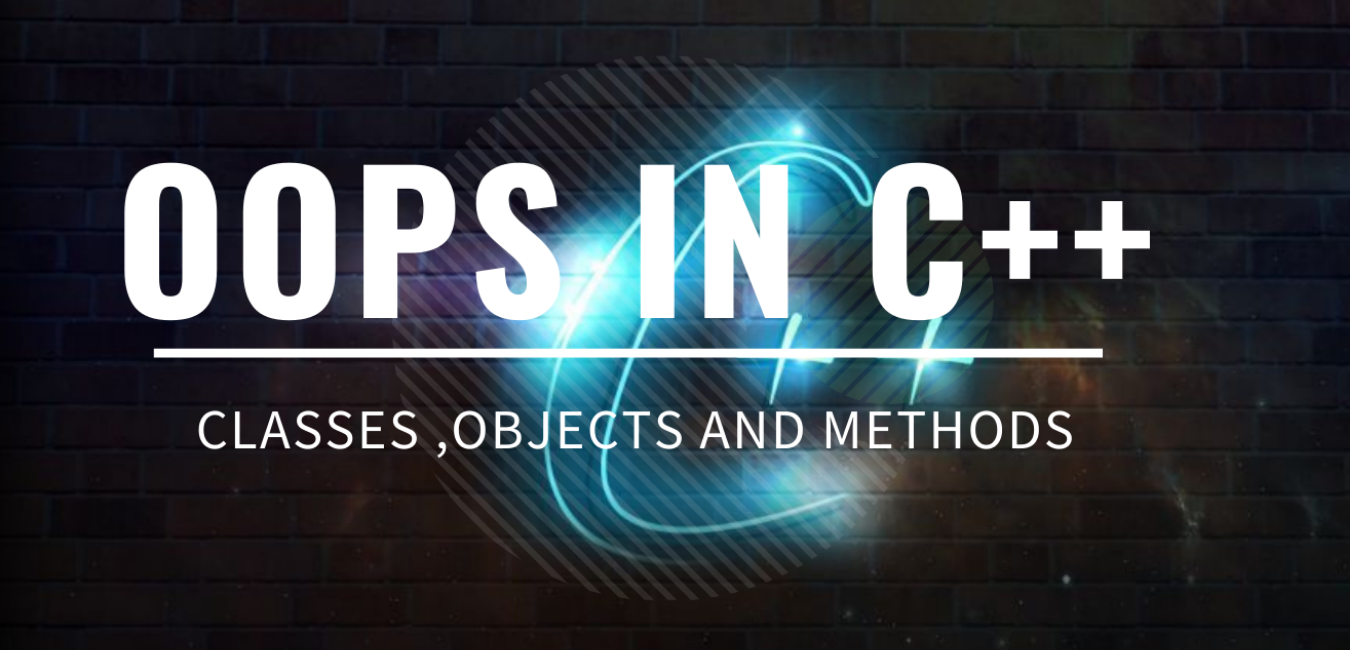




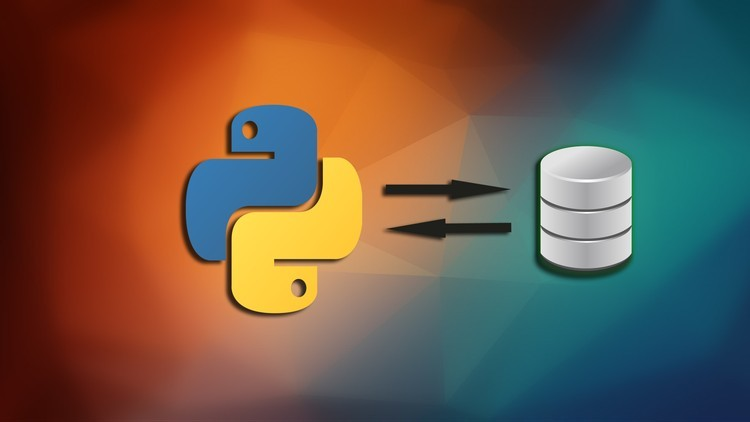













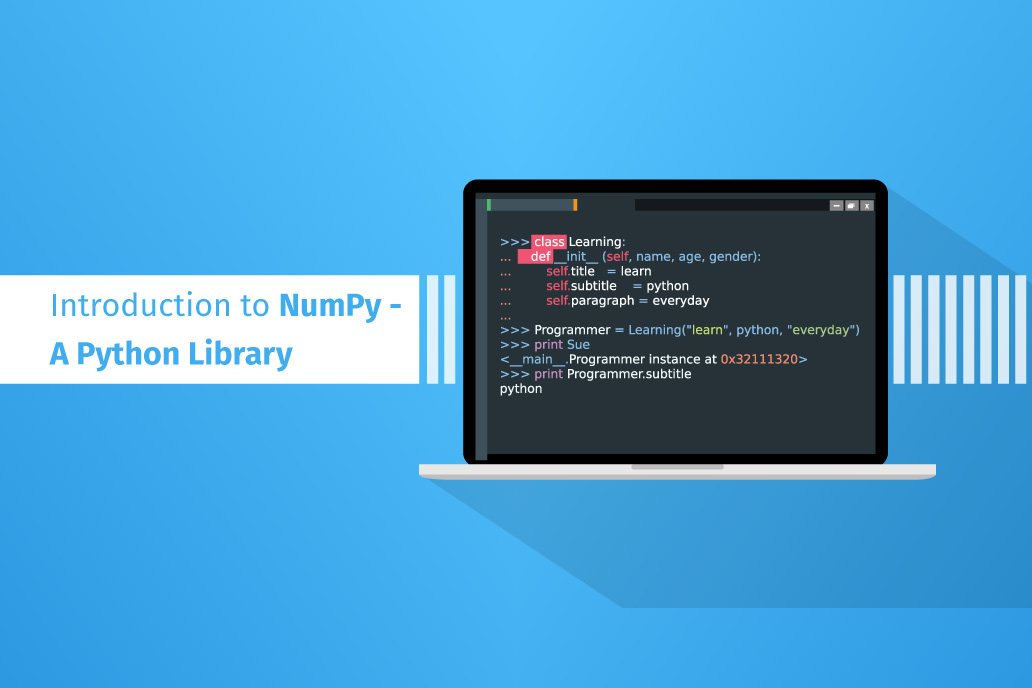



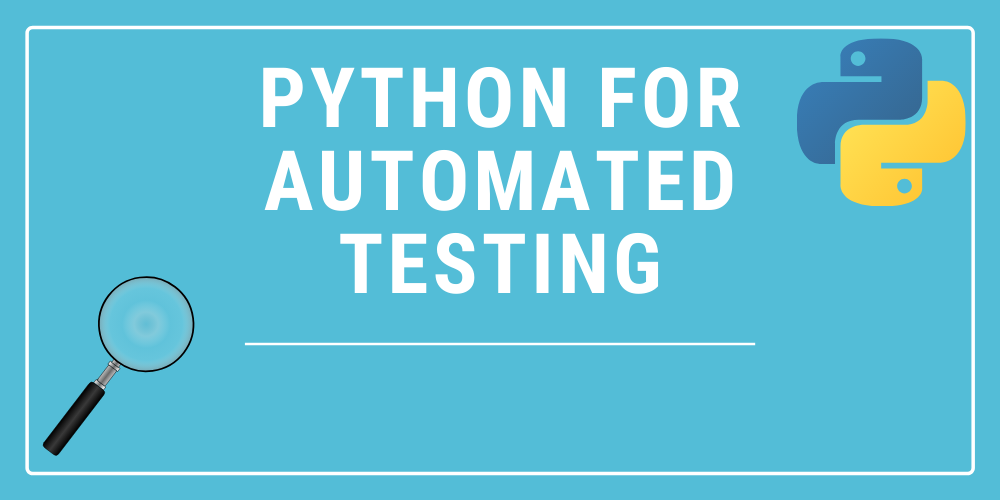


4.png)



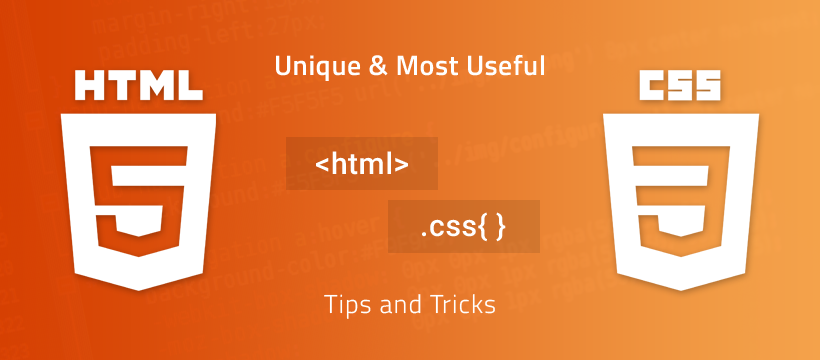





0 Replies to “Java Programming Tutorial For Beginners”
Leave a Reply
Your email address will not be published.